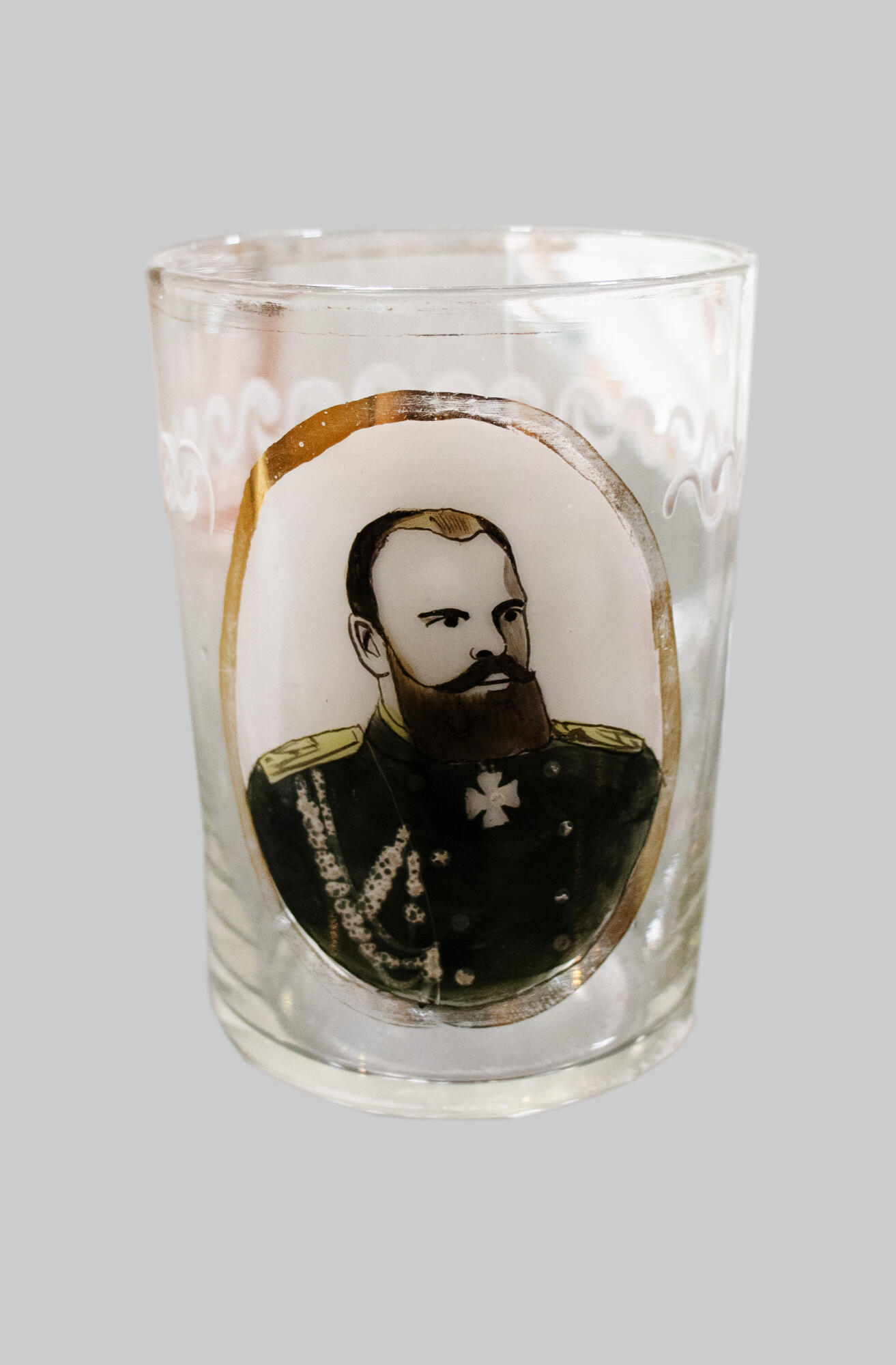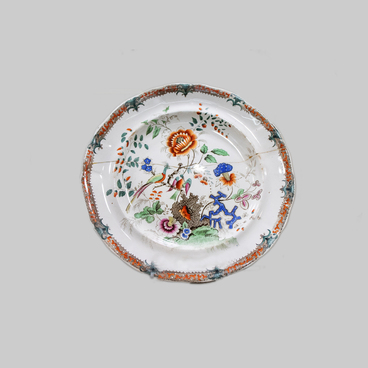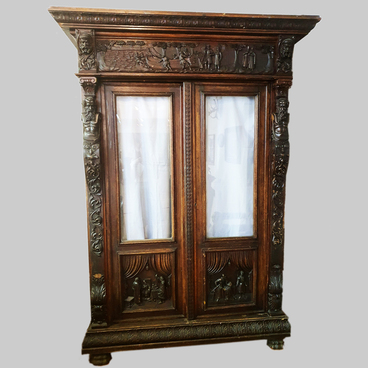In 1913, a solemn public and state celebration of the 300th anniversary of the reign of the Romonov dynasty was held. The celebration was timed to coincide with the date of the ‘unanimous election’ of the boyar MikhaIl Romanov to the Moscow throne as ‘the closest blood relative to the dying royal family of Rurik and Saint Vladimir.’ The crowning ceremony took place in Moscow’s Assumption Cathedral on June 11, 1613.
The ascension of Mikhail Fyodorovich to the Russian throne in the early 17th century marked the beginning of a new ruling dynasty. The 300th anniversary of the reigning house of the Romanovs celebrated throughout 1913, is described as a holiday that was celebrated “solemnly by all people, ” and 1913 itself was described as “the heyday of the Empire”s prosperity and the year of the great jubilee.” In all the cities of Russia, grateful prayers were served in churches; military parades of local military garrisons were held; solemn balls, dinners, and receptions were given by governors and mayors. Historical exhibitions and festivities were organized. House windows and shop displays were decorated with flags and portraits of Tsar Mikhail Romanov and the reigning Emperor Nicholas II.
On February 21, 1913, the Russian emperor signed an imperial decree in order to “adequately commemorate this solemn day and perpetuate it in the memory of the people, ” as well as grant “mercy to his subjects.” The decree comprised an extensive list of charitable actions, announced benefits for the poor and amnesty for certain categories of convicts.
Nicholas II forgave tax debts of all his subjects; debts were also cleared from minor entrepreneurs and landowners.
Preparations for the celebration of the anniversary sparked multiple charity events throughout the Russian Empire. Financial resources were allocated for the child care and assistance to advanced farmers.
A lot of souvenirs with portraits of the royal family were produced for the solemn date. A glass with a portrait of Alexander the Third was one of these souvenirs. The glazed medallion had a gilded rim.
The program of the anniversary celebrations was extensive; the celebration began in February and lasted until the fall of 1913. Closing celebrations were held in Moscow.
The ascension of Mikhail Fyodorovich to the Russian throne in the early 17th century marked the beginning of a new ruling dynasty. The 300th anniversary of the reigning house of the Romanovs celebrated throughout 1913, is described as a holiday that was celebrated “solemnly by all people, ” and 1913 itself was described as “the heyday of the Empire”s prosperity and the year of the great jubilee.” In all the cities of Russia, grateful prayers were served in churches; military parades of local military garrisons were held; solemn balls, dinners, and receptions were given by governors and mayors. Historical exhibitions and festivities were organized. House windows and shop displays were decorated with flags and portraits of Tsar Mikhail Romanov and the reigning Emperor Nicholas II.
On February 21, 1913, the Russian emperor signed an imperial decree in order to “adequately commemorate this solemn day and perpetuate it in the memory of the people, ” as well as grant “mercy to his subjects.” The decree comprised an extensive list of charitable actions, announced benefits for the poor and amnesty for certain categories of convicts.
Nicholas II forgave tax debts of all his subjects; debts were also cleared from minor entrepreneurs and landowners.
Preparations for the celebration of the anniversary sparked multiple charity events throughout the Russian Empire. Financial resources were allocated for the child care and assistance to advanced farmers.
A lot of souvenirs with portraits of the royal family were produced for the solemn date. A glass with a portrait of Alexander the Third was one of these souvenirs. The glazed medallion had a gilded rim.
The program of the anniversary celebrations was extensive; the celebration began in February and lasted until the fall of 1913. Closing celebrations were held in Moscow.



